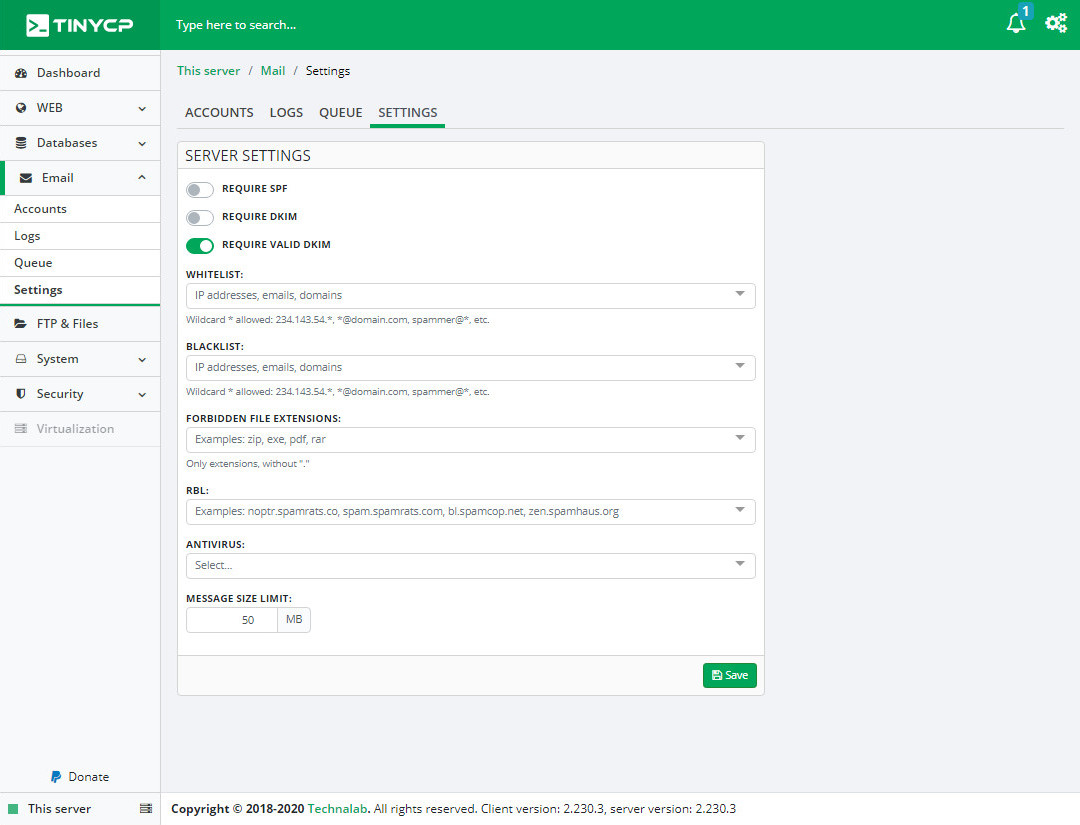

Systems that delete messages as spam sight unseen (either at the server level or in our own e-mail readers) save us the most time but present the highest risk. This problem of false positives is so pervasive that the Electronic Frontier Foundation, in San Francisco, recently called on filter writers and implementers to take a Hippocratic-like oath: ”Any measure for stopping spam must ensure that all non-spam messages reach their intended recipients.”įalse positives lie at the heart of the spam headache. And as for filters, when they are conservatively implemented, they let too much spam through when they’re aggressive, they often block legitimate messages along with the spam. Spammers switch e-mail addresses or servers to avoid detection-so fast that it’s impossible to keep track.

The trouble is, neither of these traditional techniques works particularly well. The standard techniques are blacklisting, not accepting e-mail from known spammers or from mail servers that harbor them, and filtering, automatically rejecting messages with typical spam key words. People have been struggling with spam for 10 years and more.


 0 kommentar(er)
0 kommentar(er)
